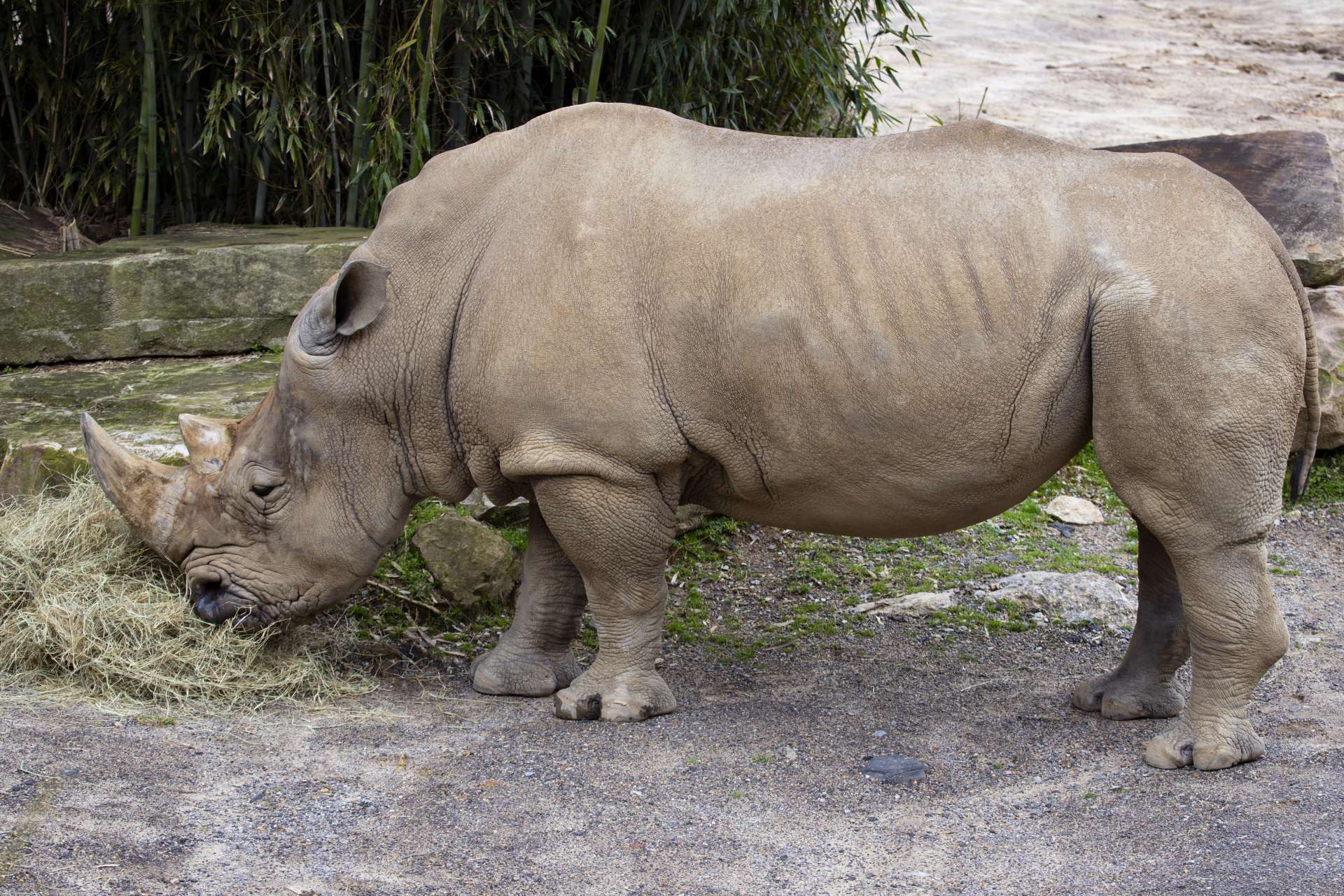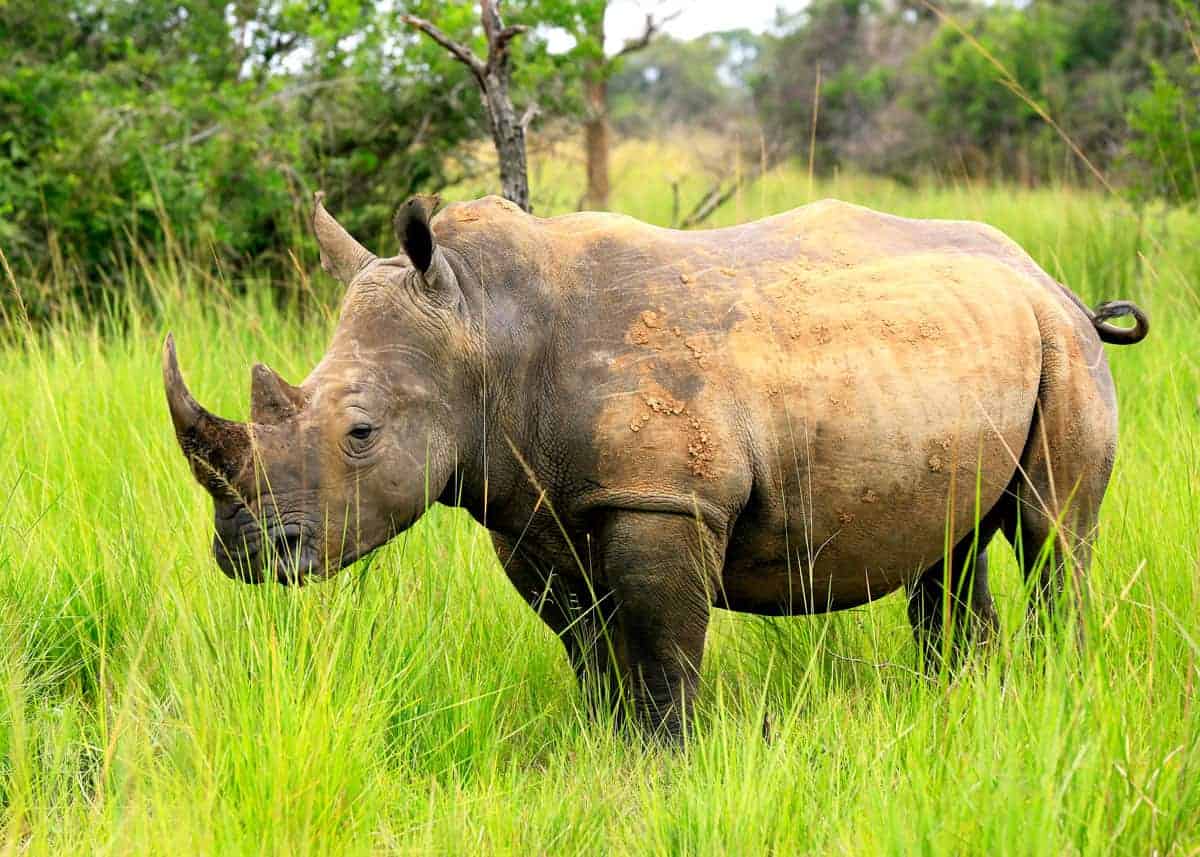

The sanctuary was established to rehabilitate animals rescued from the black market. Today, Ol Pejeta Conservancy is the largest black rhino sanctuary in East Africa, and it’s home to the world’s last two remaining northern white rhinos. Across three Kenyan populations of black rhinos on the Lewa Wildlife Conservancy, the Ol Jogi Wildlife Conservancy and the Ol Pejeta Conservancy, the researchers found that there is significant variation in breeding success between females, with many females not breeding or doing so very slowly. Kenyan rhino managers, scientists and security teams have meticulously recorded births and deaths for decades. Luckily, that information was available for eastern black rhinos because of intensive monitoring to protect them from poaching.

This research is important because it shows that we may underestimate risk (or overestimate viability) if we do not recognize that some individuals contribute a lot more to the population than others and that their particular loss will have a much bigger impact.Įstimating extinction risk can be affected by differences in breeding success between individual females (called reproductive skew), but reproductive skew is not often included in predictions of future population growth because it requires detailed individual breeding histories. Indiscriminate killing can lead to some of these important animals, which contribute a greater number of offspring, being removed. This variation increases existing estimates of extinction risk, especially when there is poaching.

Within black rhino populations (and probably in most animal populations), some individuals have more babies than others. The demand for rhino horns comes from some Asian consumers, particularly in China and Vietnam, who use them in folk remedies. Black rhinos have two horns which make them lucrative targets for the illegal wildlife trade market. Of all the threats facing black rhinos, poaching is the deadliest. Their results, published in the science journal Proceedings of the Royal Society B in April 2022, demonstrate that poaching-combined with individual rhino’s reproductive variance, or how successful moms are at raising young-leads to an increased extinction risk by as much as 70 percent, much more than first thought. Recently, Kenyan conservationists and scientists and researchers from England’s University of Manchester examined data from black rhino populations in Kenya, which suggest that individuals really matter when assessing the impact of poaching on the animal’s survival chances. Wildlife crime-in this case, poaching and black-market trafficking of rhino horns-continues to plague the species and threaten its recovery.īut numbers alone don’t tell the whole rhino story. Black rhino numbers have doubled from their historic low 20 years ago to around 5,500 today.īlack rhinos, unfortunately, are still considered critically endangered. Since then, however-thanks to persistent conservation efforts across Africa-the species has made a tremendous comeback. Between 19, black rhino numbers dropped by 98 percent, to less than 2,500. In the 20th century, populations of black rhinos declined dramatically at the hands of European hunters and settlers. In countries such as Namibia, rhinos are an important source of income from ecotourism and their protection creates large blocks of land for conservation purposes, which benefits many other species, including elephants.īlack rhinos have hooked, pointed upper lips, which help these browsers feed on leaves from bushes and trees. They play an important role in their habitats.

Black rhinos: numbers didn’t tell the whole storyĪccording to World Wildlife Fund, rhinos are one of the oldest groups of mammals, making them virtually living fossils. Saving them saves habitats countries, even which saves us from worldwide pandemics. White rhinos, too, are causing us to pay more attention-a result of the coronavirus pandemic-to the finer intricacies of conservation. Today, about 10,080 mature adults exist and of the five rhino species, they are the only ones that are not endangered. After more than a century of protection and management, they are now classified as near threatened. Southern white rhinos were thought to be extinct in the late 19th century, but in 1895, a small population of fewer than 100 individuals was discovered in KwaZulu-Natal, South Africa. According to World Wildlife Fund, about 98.8 percent of southern white rhinos occur in just four countries: Kenya, Namibia, South Africa and Zimbabwe.


 0 kommentar(er)
0 kommentar(er)
